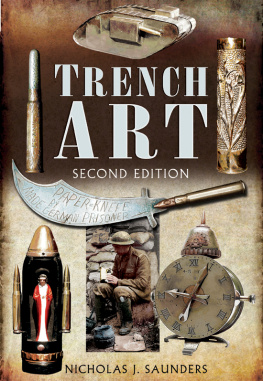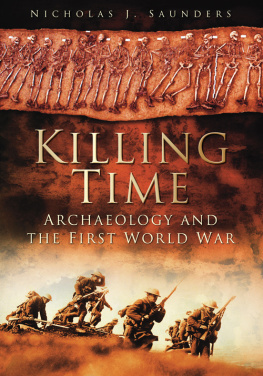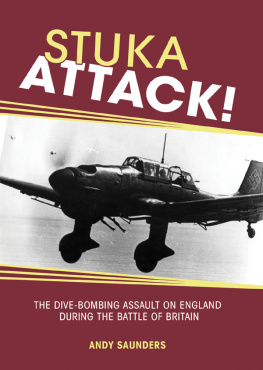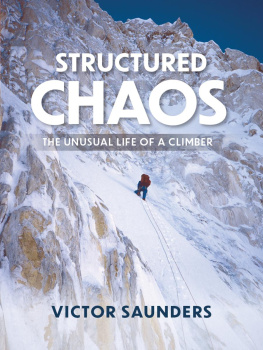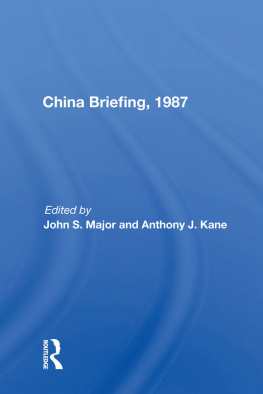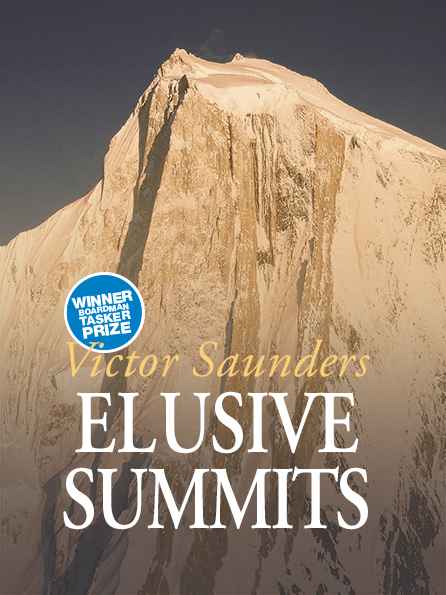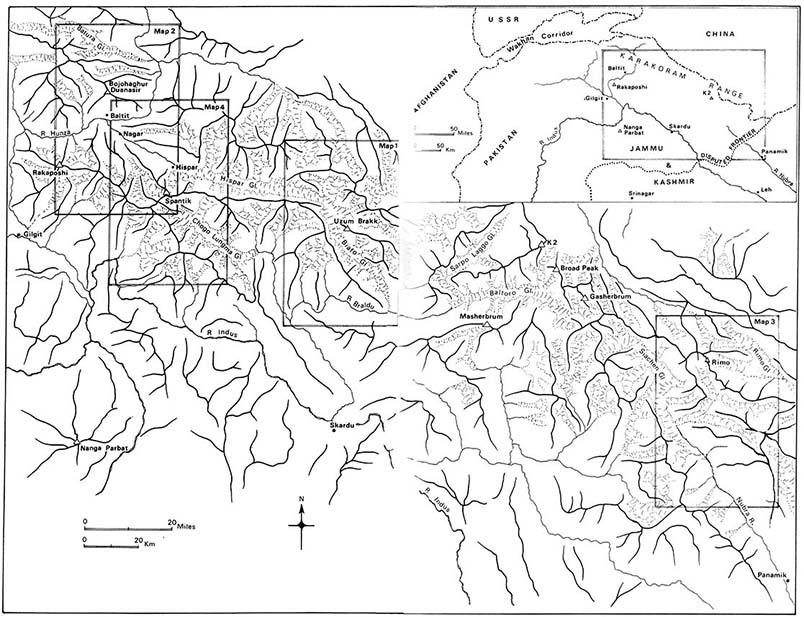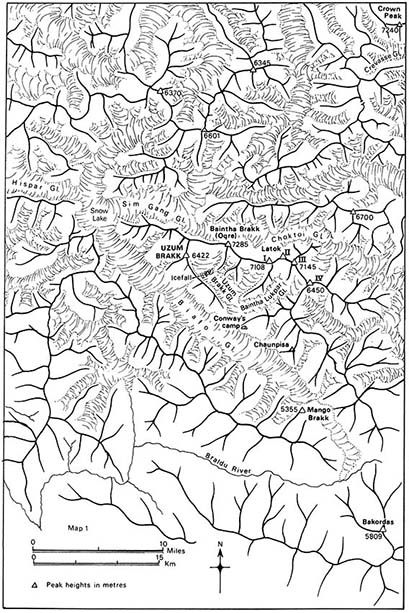I should like to thank Maggie Urmstron and Maggie Body for making this book possible.
Chapter 1
At 6.00 pm on 18th July 1980 Omiya and Okano were digging a bivouac ledge in a slight hollow, unaware of the danger that hollow implied. They had reached the summit of Latok IV (21,162 feet/6450 metres) a few hours earlier. The mountain had not been climbed before, and the pair were rightly pleased. It had been a three-day effort so far, they should be with their friends by day four. With flailing ice axes Omiya and Okano dug furiously. It was then that Omiya saw the first sign of their predicament.
I saw a hole through which the snow was pouring I looked up and the weather was very bad, so we continued digging.
Omiya and Okano were perched over a very large serac. The slight hollow into which they were digging was no more than a two-foot thick sagging blanket of snow over an awesomely deep crevasse. The outcome was inevitable, and without warning the two men were catapulted into the abyss.
Six miles away to the west the grandly titled British Conways Ogre Expedition 1980 was setting up camp on the edge of the Biafo Glacier. It was only on arrival in Baltistan that we discovered there was a local name for our mountain, Uzum Brakk. Uzum Brakk was an unclimbed peak. No one had been to its base and Conway had christened it the Ogre when passing this way in 1892. It was one of the most beautiful peaks in the region and we had chosen it as a suitable objective for Himalayan first-timers. Not too high at 21,068 feet (6422 metres), the climbing would be a reasonable extension of our previous Alpine experience. But we had not been prepared for the glaciers.
There were three climbers on our trip. Cairns Dixon, a botanist turned teacher, was the expedition leader. As such he wore a tie most of the time. Both he and Will Tapsfield, the expedition doctor, lived in Edinburgh, though Will did so as an English migrant. And I, a London-based architect, was the only mere expedition member on the official forms. There were a lot of those.
While we were setting up camp, the porters, who had outwitted us by locating the Base lower down the glacier than we intended, showed us how to make stone chapatis by wrapping the dough round egg-sized pebbles, and how to curry bharal (blue sheep) with chive heads. They also gathered the wild rhubarb and ate the flower-heads raw. Next day, after they had left, we walked up the Biafo Glacier to examine the western approaches to Uzum Brakk. Fanny Bullock Workman was here. In the Royal Geographical Society Library I had seen the photograph, her eyes like beads, staring straight into the camera, in the sepia distance, the chain of porters, full length skirt. Will and I went on to explore the eastern approaches to our mountain, while Cairns, still recovering from a mystery illness, stayed in camp. The Biafo Glacier is enormous, Alpine proportions do not apply and the wind made a baleful noise.
While we explored the Biafo, Okano was trying to fight his way out of the crevasse, but it was lens-shaped and where it overhung, he kept falling. He already had three broken ribs, the successive falls aggravated the injury. Omiya was unconscious for twenty-four hours after the accident, blood oozing from his ear. In addition, he had a complex compound fracture of his right tibia. Bits of bone were sticking out of his leg. He could not wear the right boot or crampon. Yet, as Okanos efforts flagged, Omiya resolved to reach the faintest glimmer of light, at the edge of the crevasse. Wearing only the one boot and crampon (the injured foot was cased in the remaining inner boot), Omiya used ice pegs to climb across the side of the coffin in two pitches. He tried to pull Okano through, but Okano was so exhausted by his earlier efforts that he could not follow. Omiya took in the rope to find, to his dismay, that the end was untied. He cut his way through the edge of the crevasse, hobble-climbed to its lower lip and dropped the rope down to Okano, who was in such pain, he was unable to prusik up it.
It was the 22nd. Four days since the accident. Omiya, with no food, or sleeping bag, spent the night out on the ice face.
Will sat near the entrance of our tent heating a panful of slushy snow. Supper time. It was the first bivouac of our expedition, which had got off to a rather groggy start, and now at last Will and I were confronted with our first mountaineering problem, a vast and nasty-looking ice-fall. After two days with twenty-kilo loads, it was not an encouraging sight. We observed the ice fall without pleasure. It was a loosely held tumble of seracs, like the spillage from a container full of monstrous sugar cubes. To reach our mountain we would have to pass this obstacle.
Rising very early on the morning of the 23rd, Will and I roped up to inspect a possible route, keeping to the middle to minimise the risk from those tottering, fawlty towers. By 7.30 am, the sun had caught us high on the ice-fall. In danger from collapsing towers and bridges, we turned back to slither down the ramps and abseil the cliffs.
Meanwhile, beneath Latok IV, Omiya was slowly and painfully down-climbing the ice wall below the crevasse in which Okano remained incarcerated. He hobbled on his one good leg, trying to protect the other from sudden movement. The early sun helped to ease the stiffening cold out of his limbs.
Having escaped the ice-fall just as the sun began to loosen it, Will and I decided to dump our excess baggage here, high up on the Uzum Brakk Glacier. We were proud of our new Gore-Tex bivi-bags, having not yet discovered their limitations. Although Will had new-fangled plastic boots, I was still using my double leather Makalus, almost as heavy as diving boots. Crampons, ice axe, duvet, food, all wrapped in a Karrimat for protection, were stuffed inside the two bivi-bags. Then we ran down the Uzum Brakk Glacier to Base, unladen, to get home in time for tea.
Omiya spent the entire day covering 200 yards of difficult steep ground. He had no rope. From Latok IV a pinnacled ridge sweeps down to a 600-foot ice face above the Japanese Camp 2. By late afternoon, Omiya reached the ridge. Unable to shout, he waved desperately at the clutch of tents far below. Omiya and Okano were now three days overdue. The weather had not been too bad to climb in, so the three other members of the Japanese team had become increasingly concerned at Camp 2, though there was not much they could do, being support members and not strong enough mountaineers to investigate higher on the mountain. One of them actually spotted Omiya high on the ridge above waving. Delighted, they waved back, then returned happily to the tent to prepare tea for the returning mountaineers. But Omiya did not arrive, and by nightfall they were aware that something had gone wrong.


